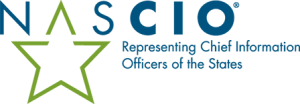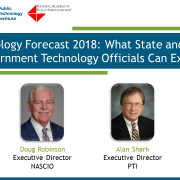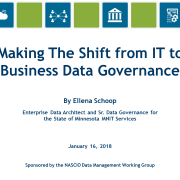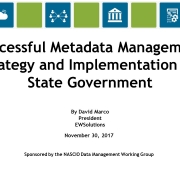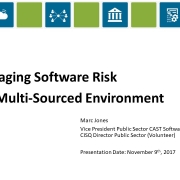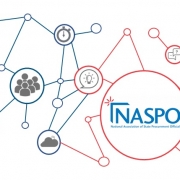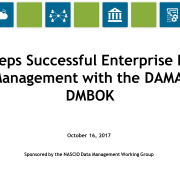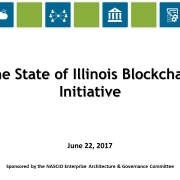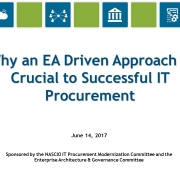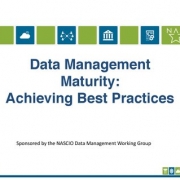During this session with NASCIO, a team from Illinois will share their Blockchain experiences and best practices to date including regulatory, industry, technology maturity and potential public sector usage of this emerging technology. They will also drill down on progress to date as the state has embarked upon a series of 5 proof of concept use cases for Blockchain.
The Illinois Blockchain Initiative (IBI) was launched earlier this year. The goal of the initiative is to determine if this groundbreaking technology can be leveraged to create more efficient, integrated and trusted state services, while providing a welcoming environment for the Blockchain community.
Blockchain and distributed ledger technology has the potential to transform the delivery of public and private services, redefine the relationship between government and the citizen in terms of data sharing, transparency and trust, and make a leading contribution to the State’s digital transformation.
Click here for the full slide deck.
Click here for the full Q&A.
Watch the Recording
